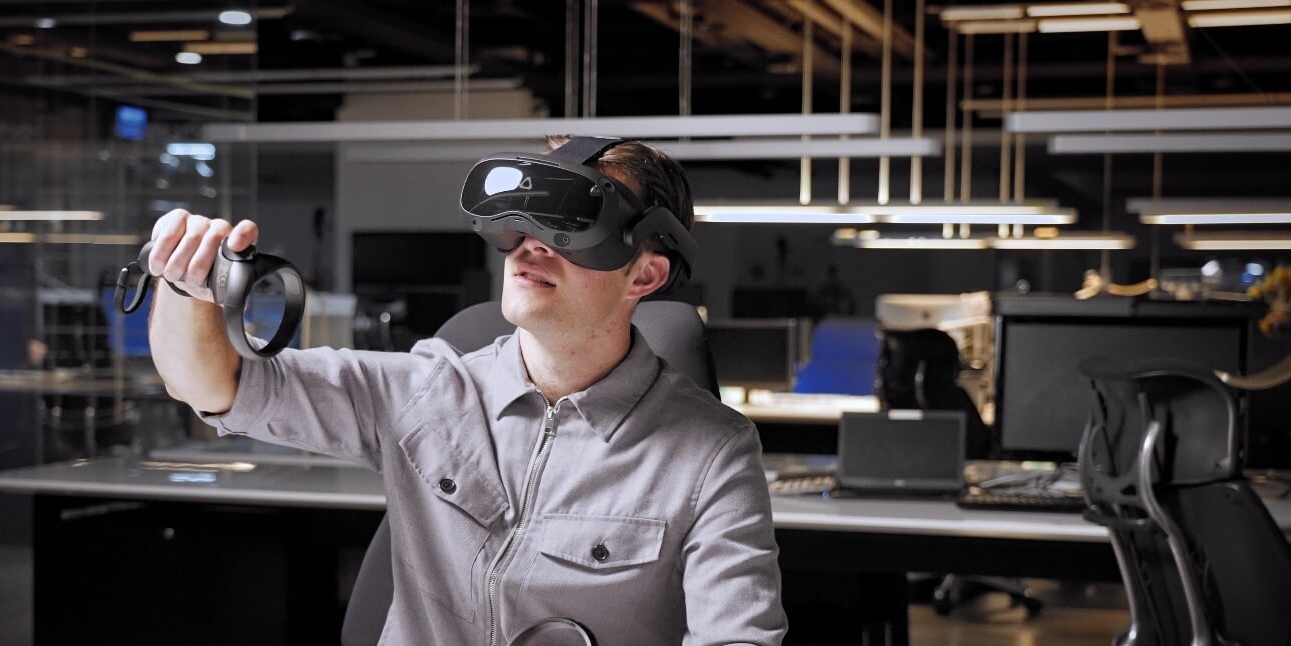When VR raises our environmental awareness
Can a Virtual Reality pangolin shake things up and make the world think? What is the true power of Virtual Reality?
In the wake of climate disasters and constant bad news, public sensitivity tends to fade. Yet research suggests that virtual reality (VR) can play a significant role in raising environmental awareness, building empathy and inspiring action.
One particularly striking VR experience illustrates this impact. It follows the story of Chestnut, a young pangolin struggling to survive in the Kalahari Desert. All around it, an arid landscape stretches as far as the eye can see, and its small, scale-covered body looks quite fragile as it curls up alone to sleep. This story is inspired by the life of a real pangolin studied by scientists.
Chestnut struggles to find ants to eat, as insects become scarcer with climate change. Despite this, its voice remains cheerful, until exhaustion takes over. In the final scenes, Chestnut fades away. This VR immersion creates such intense emotion that many users remove their headset tearfully, realizing the emotional impact of this technology.
 |
When VR transforms our perception of nature
Virtual reality experiences are more than just entertainment. Studies show that they can influence attitudes and behavior towards the environment. Johannesburg-based HabitatXR is a good example. Its founder, Ulrico Grech-Cumbo, who is passionate about African wildlife, understood that VR could transform the way nature is perceived.
“I thought it would be incredible to be immersed in a wildlife documentary,” he explains. And the results are striking: when an NGO used one of their VR experiences at a fund-raising gala, guests accustomed to luxury were moved to tears after just a few minutes of immersion.
Other companies are also exploring this potential, such as Wild Immersion, which broadcasts its immersive films in aquariums and science centers, or Marshmallow Laser Feast, which offers to see the forest through the eyes of a dragonfly.
The emotional and psychological impact of VR
What makes these experiences so powerful is their ability to generate intense emotions. One study showed that experiencing a story in VR, such as that of a Syrian refugee, elicits more empathy than reading an article on the same subject. When it comes to nature, the effect is even more pronounced.
Immersive experiences in the forest, for example, have prompted participants to sign environmental petitions or get involved in preserving the Amazon. VR has the particular ability to provoke a sense of “wonder” in the face of nature's immensity, an emotion that often leads to more environmentally-friendly behavior.
Psychologist Alice Chirico, from the Catholic University of the Sacred Heart in Italy, has studied this effect and confirmed that VR creates a deep connection with nature, generating a sense of belonging to a larger whole. Thanks to the illusion of physical proximity, it gives the impression of actually being in the environment represented.
A promising yet limited future
While VR appears to be a powerful tool for raising environmental awareness, it is still not widely accessible. Headsets are still expensive, and adoption remains limited. Furthermore, the question arises as to whether these virtual experiences risk further distancing people from the environment.
Aware of this problem, HabitatXR is developing a project aimed at integrating virtual nature into cities. Their “zoo of the future” will enable visitors to explore an ecosystem in virtual reality and discover the interactions between species.
Far from wanting to replace nature, VR could, on the contrary, facilitate access to it for those who are far removed from it. In some regions, for instance in the United States, millions of people do not have nearby parks or green spaces. VR could therefore be a gateway to a greater awareness of and commitment to the preservation of the planet.
Source : www.bbc.com
































